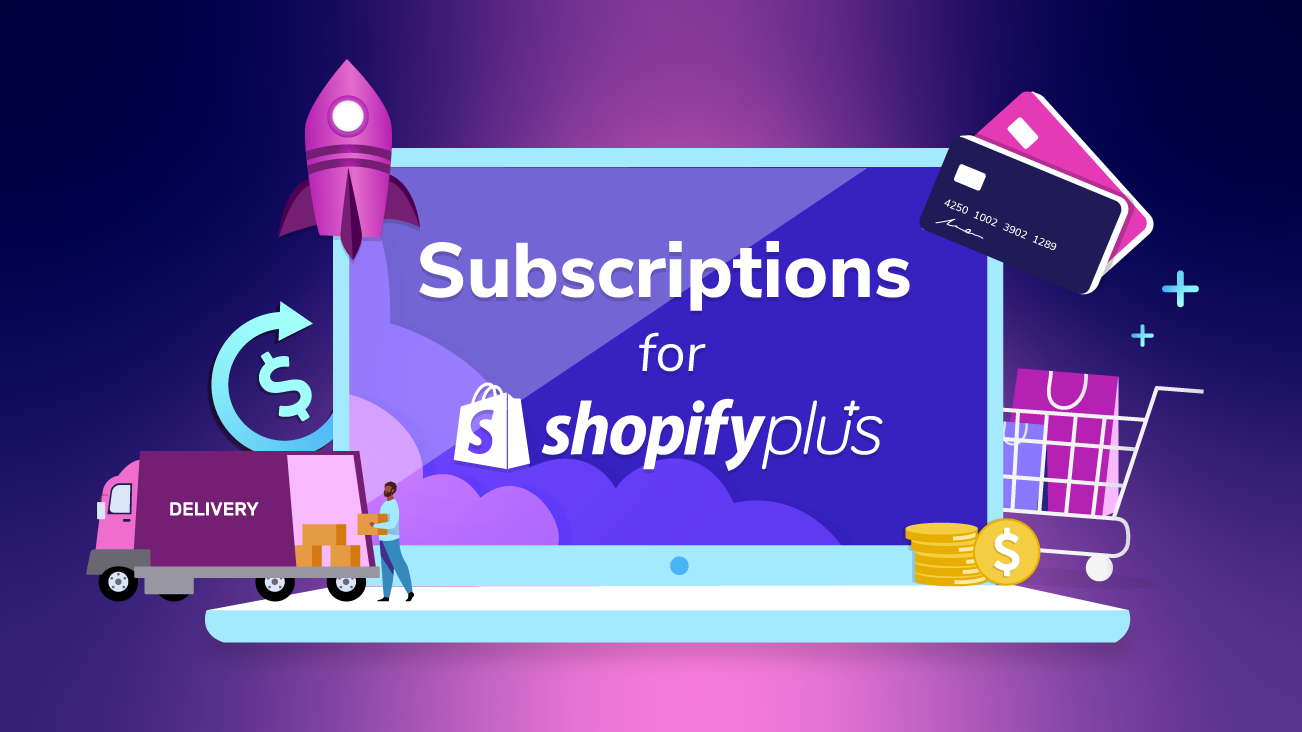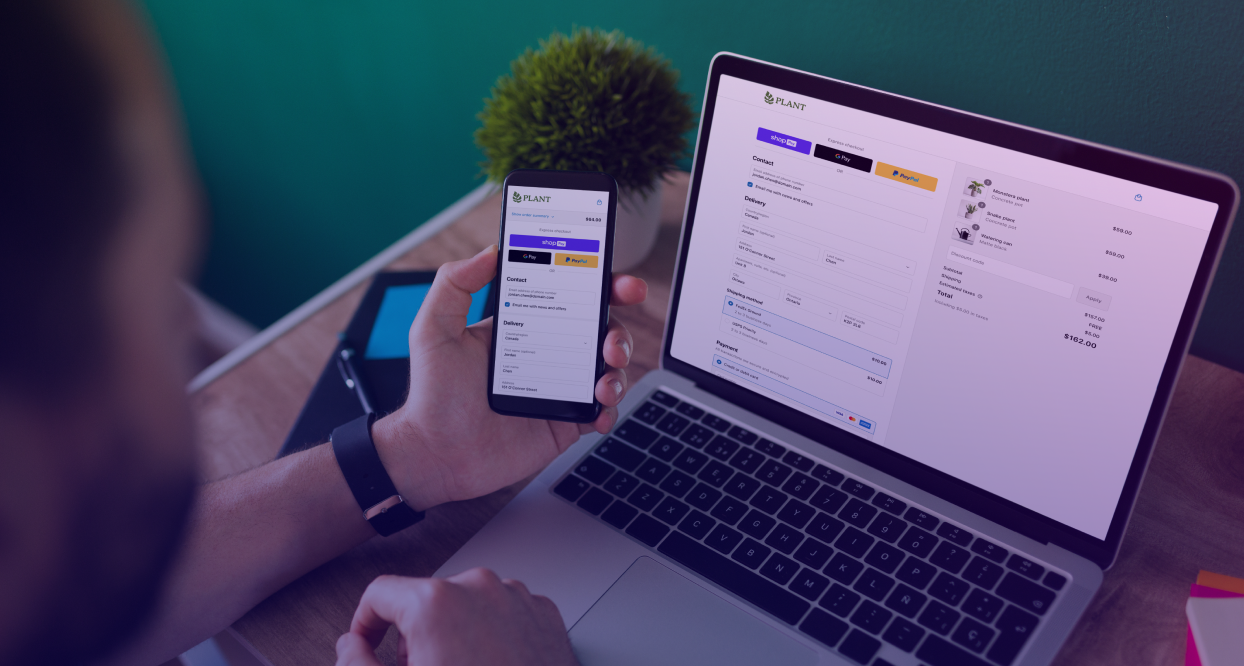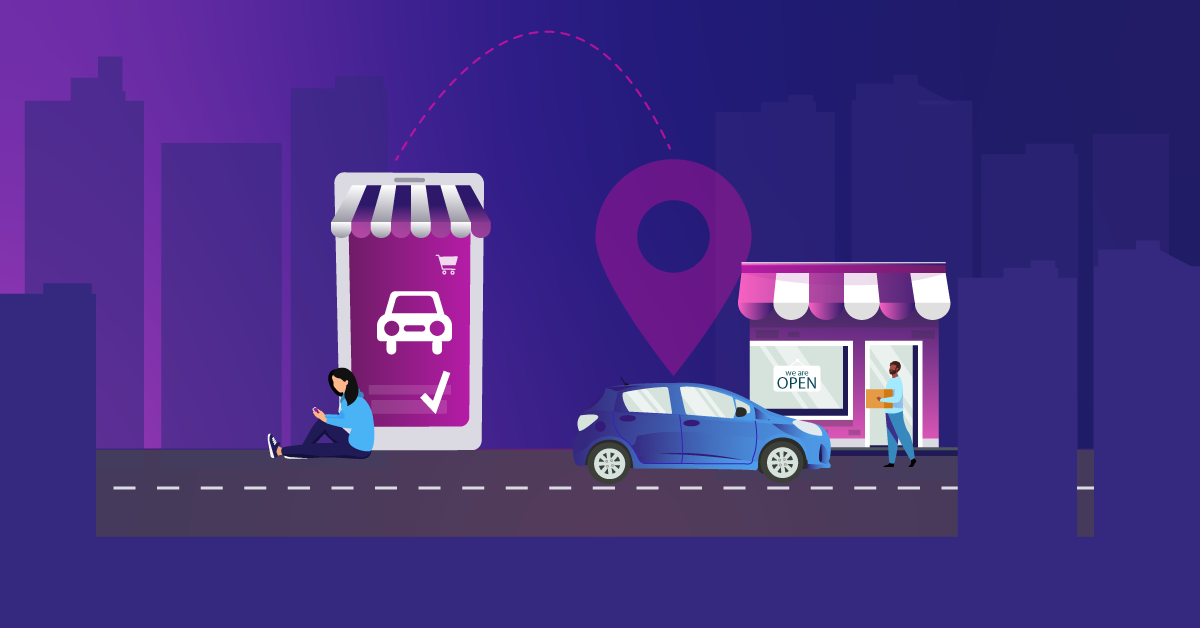Taking Advantage of Subscriptions with Shopify Plus

Shopify offers its own first-party Subscriptions API (as of October 2020), which is a requirement all new stores must use if they wish to implement subscriptions. This offers direct integration with Shopify Checkout, allowing one-time and recurring orders to be purchased at the same time. This API allows developer agencies to build subscription applications for the Shopify ecosystem, which currently is the only way to take advantage of subscriptions within Shopify.
How Subscriptions Work
The most common setup for any subscription product is only that a user purchases on any given day and the customer's credit card will be charged monthly on the anniversary of their original payment. In terms of shipment date, this would be determined and communicated by the business to the customer. However, it can get more nuanced as per business requirements or providing a better customer experience.
The following are the core concepts that need to be understood with subscriptions:
- Selling Plans
- Dunning Management
- Customer Permissions
- Email Notifications
Subscription Selling Plans
Products are configured to be part of a selling plan, which determines the available subscription options for that plan.
Billing Frequency
Businesses will need to determine what frequency options they will give customers in which they will be billed and orders will be created.
The frequency options are as follows:
- Daily
- Weekly
- Monthly
- Yearly
Each of these frequencies can be configured with a number associated, for instance, every "two months" or every "three weeks." Businesses can offer multiples of these options to customers as well, allowing customers to subscribe from one to every four months.
Discounts for Subscription
It is also possible to provide a discount for the subscription in either a percentage or fixed amount. This is most commonly used when a product is also offered as a one-time purchase item.
Dunning Management
Since the customer's credit card is automatically being charged, there is the potential for the purchase to fail unbeknownst to the cardholder and the store, for instance:
- The credit card has expired
- There is no credit available
- The card is frozen or locked
- Technical issue such as API failure
Dunning Management is what you want to happen when one of these issues occurs. The common choices available to businesses are as follows:
Number of Attempts
This is the number of attempts made to try and receive payment, they tend to be within a range of 1-15.
Frequency of Attempts
This is how often the attempts should occur. These are commonly provided in terms of days, by default it's one attempt per day but it is possible to make attempts every three days for example.
Action Upon the Last Attempt
If all of the attempts fail, then businesses will have to determine what course of action they wish to take regarding the customer's subscription. The following is a list of options, however, each application provider tends to provide a slightly different set of options.
- Do nothing
- Cancel the subscription
- Pause the subscription
- Skip the current order
Customer Permissions
There are also many options that each app may allow the business to configure for its customers, which can help simplify customer support. The following is a shortlist of some top-level options that may be available:
- Pausing subscription
- Skipping upcoming order
- Change next order date
- Changing order frequency (depending on selling plan)
- Self-serve cancellation
Email Notifications
Outside of the standard Shopify email notifications, the subscription app will provide the option to send additional emails. The following is a shortlist of the most common emails.
- Subscription Created
- Upcoming Order
- Transaction Failed
- Expiring Credit Card
Division of Responsibility
Understanding where data is stored and liabilities lay may be important to a business's governance process. Thankfully, Shopify has done a good job outlining this information including their data modeling. The following is a summary of the responsibilities between Shopify and the app vendor.
Shopify's Responsibility
- Storing of the business data
- Processing both initial and renewal payments
App Developer's Responsibility
- Schedule and automate the billing of subscriptions
- Providing the management interface
Limitations of Subscriptions API
As this is a newer API, there are many features that businesses may require that have yet to be released. Here are some of the limitations that we feel should be highlighted, as of the second quarter of 2021.
- Merchants must use Shopify Payments with subscriptions
- PayPal Express & Stripe to be released in Q2 2021
- Autherize.net, Shop Pay, Apple Pay, and G Pay to come later in 2021
- Subscriptions are charged shipping separately from the rest of the cart
Shopify has released a roadmap for when many features they will be responsible for will be released. Some features may be the responsibility of the app vendor, so be sure to inquire with vendors of any features the business requires.
Business Considerations
Most of the common features are the same or quite similar between each app vendor. However, some differences will likely alter the decision of which vendor to choose. The following are some key operational considerations that may vary significantly between vendors.
Third-Party App Integrations
Some of the applications in the marketplace do offer integrations with other applications that you can connect by simply logging into your account and configuring. However, this is not true for all Shopify apps.
Development Friendly APIs
For organizations with development resources, they may consider choosing an app based on its available APIs for more bespoke needs.
Email Customization & Integration
There is a wide range of capabilities when it comes to email. Some vendors simply offer the ability to change the message and nothing more. Others allow for customizing the look and by opening up the HTML. Some even surface more depth through variables and logic and/or offer integrations with third-party applications like Klaviyo.
Fulfillment
Not to be overlooked, it's vital to ensure that as a subscription business grows, subscription orders do not bottleneck one-time purchases. Every business will have specific nuances to account for, but this is necessary to plan and understand at which inflection points the business may need to increase the scale of its carrier services.
Setting Up for Success
It's still in the early days for Shopify Subscriptions, so there may be some features on the horizon, but not yet available for launch. Given that fact, it's advantageous for businesses to start with a smaller subscription offering, focusing on core products and being thoughtful in terms of the frequency offering in each selling plan. This will allow for early learning to help determine areas of focus for scale and growth.


